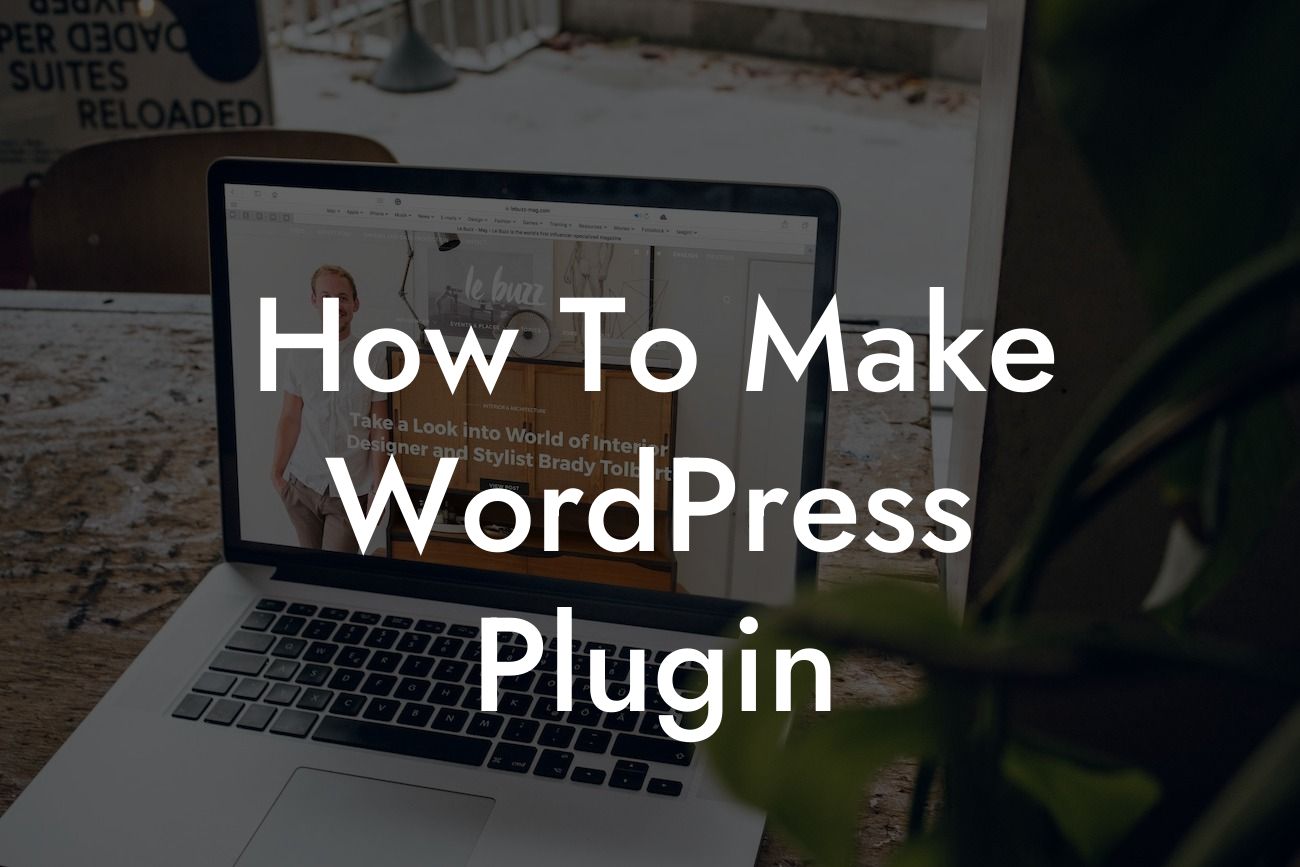Are you a small business owner or entrepreneur looking to enhance your online presence? Having a WordPress plugin that caters specifically to your needs can be a game-changer. Say goodbye to cookie-cutter solutions and embrace the extraordinary with DamnWoo's awesome WordPress plugins. In this guide, we will take you through a detailed step-by-step process of creating your very own WordPress plugin, empowering you to optimize your online success. Let's dive into the world of plugin development!
Creating a WordPress plugin may sound daunting, but with the right guidance and tools, you'll be surprised at how achievable it can be. Here's a detailed breakdown of the process:
1. Planning:
Start by defining the purpose and functionality of your plugin. Consider your target audience and specific needs. Conduct thorough research to understand the existing plugins in the market and identify gaps you can fill with your unique offering.
2. Set up Your Development Environment:
Looking For a Custom QuickBook Integration?
Install a local development server, such as XAMPP or MAMP, to create and test your plugin locally. This ensures that your development doesn't interfere with your live website. Familiarize yourself with the basics of PHP and WordPress plugin structure.
3. Basic Plugin Structure:
Create a new folder in the WordPress plugins directory and give it a unique name. Inside this folder, create a main plugin file (e.g., plugin-name.php) and add necessary plugin headers. These headers include essential information like the plugin name, version, author, and description.
4. Functionality Implementation:
Add the necessary code to implement the desired functionality of your plugin. Utilize HTML, CSS, and JavaScript along with PHP to create a seamless user experience. Use suitable H2, H3 headings, and bullet point lists to organize your code and make it more readable. Don't forget to validate and sanitize user input to ensure security.
5. Extend Your Plugin:
Take advantage of WordPress hooks and filters to extend the functionality and compatibility of your plugin. Hooks provide a way for you to modify or add to the behavior of WordPress, while filters allow you to modify data.
6. Test and Debug:
Thoroughly test your plugin in various scenarios to ensure it works flawlessly. Debug any issues you encounter by utilizing helpful WordPress debugging tools. Seek feedback from beta testers or colleagues to refine and improve your plugin further.
How To Make Wordpress Plugin Example:
Let's say you're running an e-commerce business, and you want to create a WordPress plugin that adds a personalized welcome message to the top of the checkout page. In your plugin, you would create a function that retrieves the user's name and displays a targeted welcome message using JavaScript. You could also use hooks and filters to customize the message's appearance and location.
Congratulations! You've just learned how to create your own WordPress plugin from scratch. With DamnWoo's unique approach to plugin development, you can now elevate your online presence like never before. Make sure to share this article with fellow small business owners and entrepreneurs who can benefit from the power of WordPress plugins. Explore our other guides on DamnWoo to further boost your success, and don't forget to try one of our awesome plugins to experience the extraordinary firsthand.
Remember, the journey doesn't end here. Keep innovating, keep exploring, and keep pushing boundaries with DamnWoo.
[CTA: Explore DamnWoo's plugins now!]













